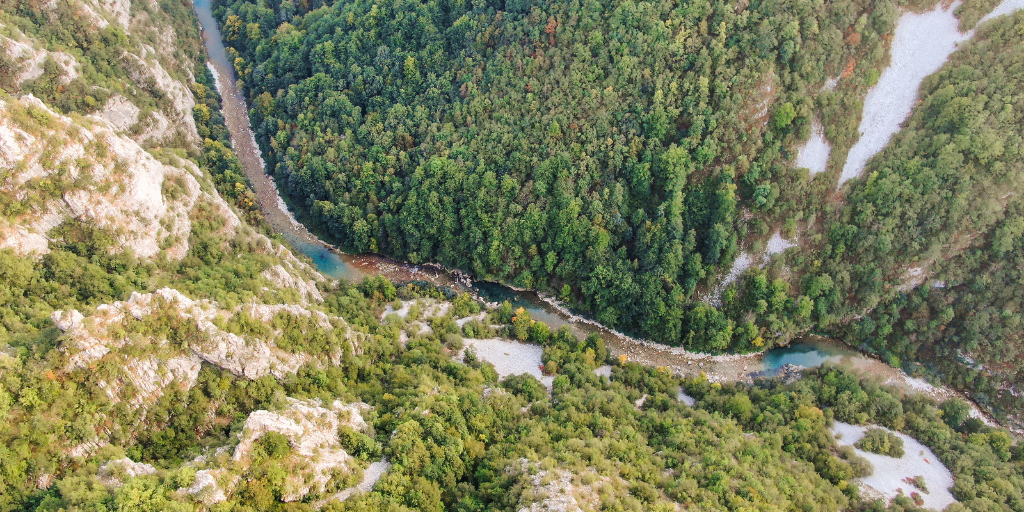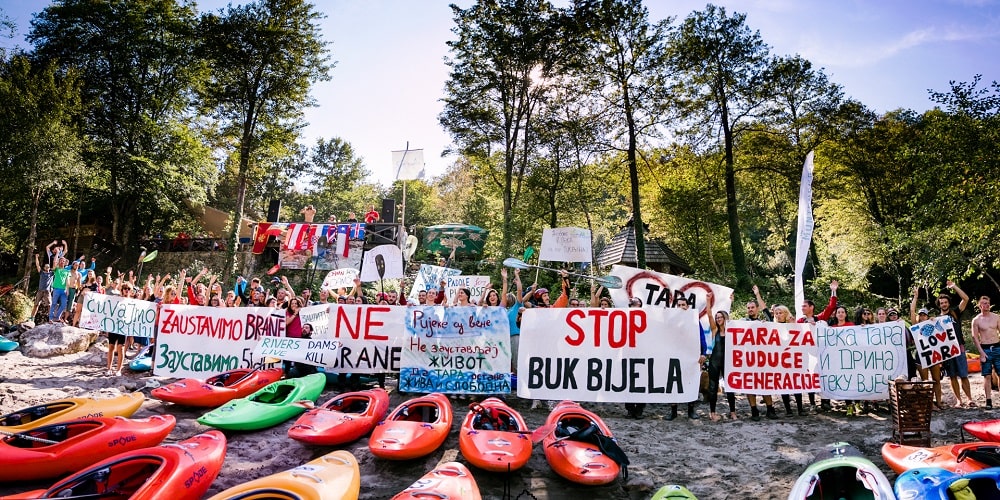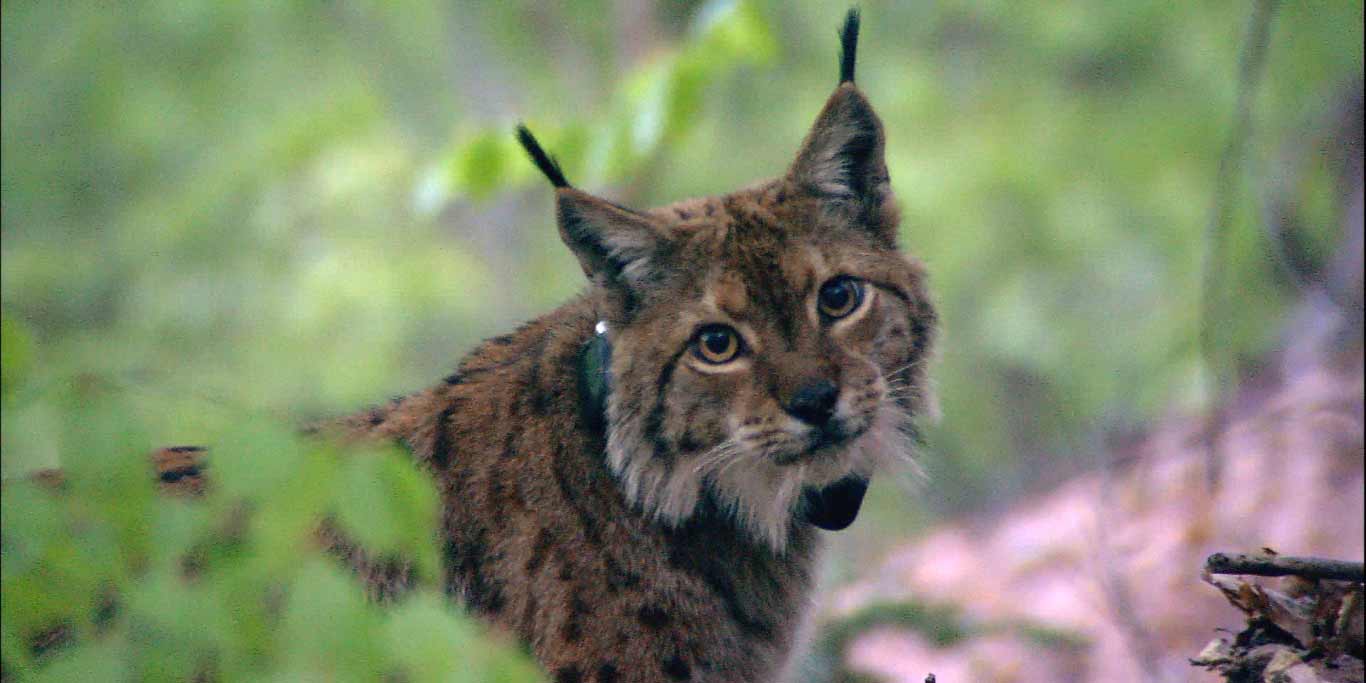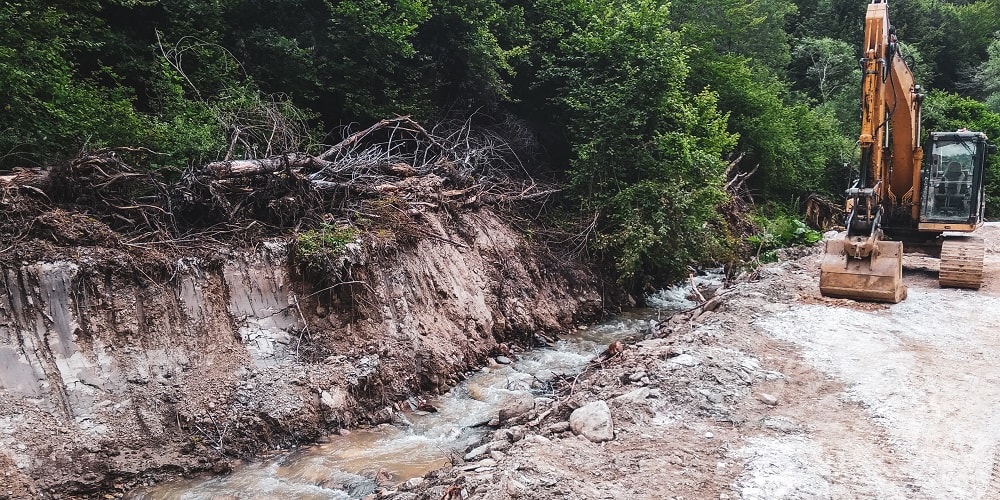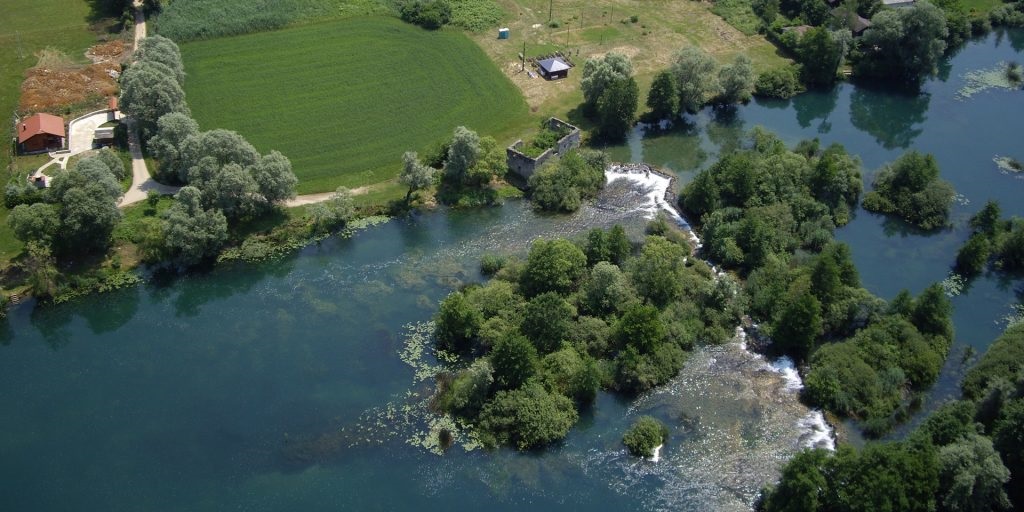Protecting rivers and communities in southeast Europe
International commercial and public banks have been bankrolling a wave of hydropower projects across Southeast Europe that have damaged pristine rivers, including in protected areas. These financiers need to take their share of the responsibility and stop financing projects in sensitive areas.

Stay informed
We closely follow international public finance and bring critical updates from the ground.
Key facts
- According to our research published in March 2018, the EBRD, EIB and World Bank Group, had supported 82 hydropower plants across southeast Europe since 2005 with EUR 727 million in investments.
- Most projects are small ones, supported via commercial or national development banks acting as intermediaries. These are usually kept secret, using commercial confidentiality as an excuse.
- Bankwatch has pushed the EIB to disclose selected information about intermediated projects. As a result, we now know that the EIB has extended at least 27 such loans for small hydropower plants in southeast Europe since 2010 – but we still don’t know the names of all the plants financed.
- After Bankwatch uncovered the impacts of EBRD hydropower financing in southeast Europe, in 2019 the Bank tightened its Environmental and Social Policy on intermediated investments.
- The same year, the EIB introduced a set of Hydropower Guidelines, but has not yet tightened its binding standards for intermediaries.
Key issues
- Around a third of the EIB’s financing is channelled through intermediaries, yet the Bank publishes no information about final beneficiaries.
- The EIB claims its projects must comply with EU law, but leaves environmental and social assessment to its intermediaries, even for high-risk projects.
- Bankwatch’s research has uncovered a series of EIB-financed hydropower projects in central and eastern Europe that have harmed protected and biodiversity-rich areas.
- Such areas are not adequately protected from hydropower development. Banks need to introduce no-go zones as outlined at banksandbiodiversity.org
- The Energy Community Treaty also needs to introduce the EU’s nature and water protection directives in order to better protect the region’s pristine nature from energy infrastructure.
Background
In the last two decades southeast Europe has experienced a wave of hydropower projects.
Bulgaria moved fastest to hand out concessions on small rivers and streams in the late 1990s and early 2000s and was then joined by others. Albania has been the most active in this regard, awarding concessions and approvals for no fewer than 714 hydropower plants since 2002.
The negative social and environmental consequences in Bulgaria and Albania unfortunately did not cause other countries in the region to learn from their experiences. All countries in the region have at various points offered generous feed-in tariffs to hydropower project developers, thus incentivising the construction of plants that would otherwise not be worth building.
This led to an upsurge in construction in Bosnia and Herzegovina, Kosovo, Macedonia, Montenegro and Serbia from about 2012 onwards, which in turn led to increasing public resistance.
Under pressure from the public, the EU and the Energy Community Secretariat, most of the countries have gradually started changing their renewable energy incentive rules to either suspend feed in tariffs or limit them to the very smallest plants, in line with EU State aid rules. However North Macedonia, Albania and the Republika Srpska Entity of Bosnia and Herzegovina still offer feed-in tariffs that contravene EU rules.
While a consensus is gradually emerging in the region that small hydropower is too damaging compared to its disappointing energy output, governments are continuing apace with plans for larger hydropower plants, many of which have been planned for decades. As the EIB and EBRD have rightly become more cautious about financing hydropower in southeast Europe, due to its increasingly poor economics, environmental and social damage and climate change vulnerability, governments are increasingly looking to companies and banks from further afield, often with low transparency, environmental and social standards.
EBRD and EIB financing for hydropower in southeast Europe
In 2015 and 2018 Bankwatch published research that exposed the EBRD as the largest public financier of hydropower in southeast Europe, having financed at least sixty plants since 2005. The EIB had, by that time, also financed at least 33 plants, but the exact number was unclear, since it did not disclose all its financing through intermediaries.
In 2017 we also demonstrated that several plants financed by the EIB and EBRD had caused serious harm, despite their small size.
Following public pressure that included a 120,000 signature petition, in 2019, the EBRD improved its Environmental and Social Policy to increase transparency of intermediated investments and take more responsibility for assessing their environmental and social impacts. Later that year, the EIB also published new Hydropower Guidelines, which included similar provisions, but were not part of its binding Environmental and Social Policy and Standards.
In 2021 the EIB is revising its Policy and Standards, but the consultation drafts represent a large step backwards compared to the Hydropower Guidelines. The Bank still plans to leave project assessment and monitoring to intermediaries and does not commit to increased transparency of intermediated investments. It fails to introduce no-go zones and does not make clear that EU law must apply to all projects, irrespective of whether they are directly financed or not.
* Some projects have more than one source of financing
Recommendations
Multilateral development banks
Establish clear no-go zones in protected areas and rivers of outstanding quality, as outlined at banksandbiodiversity.org.
Ensure all projects comply with EU law and take responsibility for project assessment, including for projects carried out via intermediaries.
Publish project information about hydropower projects (and others with a clear environmental impact) to be financed through financial intermediaries.
Require good quality environmental impact assessments, and where applicable also appropriate assessments, for all hydropower projects.
Pay increased attention to the issue of corruption and politically exposed persons’ involvement in hydropower plant projects
The European Commission and Energy Community
Prioritise energy efficiency and diversification of renewable energy sources in their work in the region.
Provide increased assistance to countries in transposing and implementing the Birds and Habitats Directives and Water Framework Directive and in researching baseline biodiversity, hydrology and water quality in the countries.
Refrain from endorsing any greenfield hydropower projects as priority investment projects until the biodiversity, water quality and hydrology baseline data in the region is significantly improved.
Support the countries to develop no-go zones.
Continue to pay attention to the issue of inappropriate hydropower development when assessing accession countries’ progress towards the EU.
Adapt the Birds and Habitats Directives and Water Framework Directive and introduce them into the Energy Community Treaty to reduce the negative impact of hydropower projects.
Increase scrutiny of the countries’ implementation of EU State aid rules.
Governments in the region
Diversify their energy policies to make greater use of energy savings, solar and appropriately-sited wind potential.
Adopt system scale planning on the river basin or regional level for decision-making on hydropower. Shift away from planning led by projects to planning led by needs.
Establish clear no-go zones in protected areas and rivers of outstanding quality.
Where not done already, stop awarding feed-in tariffs for hydropower.
Where not done already, transpose and implement the Birds and Habitats Directives and Water Framework Directive.
Require good quality environmental impact assessments, and where applicable also appropriate assessments, for all hydropower projects, irrespective of their size.
Publish up-to-date project information about hydropower plants in a central registry.
Related projects
Komarnica hydropower plant, Montenegro
Planned by Montenegro’s state-owned electricity utility EPCG, the need for the Komarnica hydropower plant has never been proven.
Buk Bijela dam and the Upper Drina cascade
Planned as a joint project of public utilities owned by the Republika Srpska entity of Bosnia and Herzegovina and Serbia, Buk Bijela on the upper Drina is being pushed forward in violation of local legislation and international conventions.
Boskov most hydropower plant, North Macedonia
Boskov Most was one of 18 hydropower greenfield projects planned by the North Macedonian government in the Mavrovo National Park. After five years of campaigning, we convinced the European Bank for Reconstruction and Development about the folly of this project and to cancel its EUR 65 million loan. Without its major source of funding, the project lost steam and was discontinued.
Krapska Reka small hydropower plant, Macedonia
Loopholes in the EBRD’s due diligence, together with a lack of assessment and monitoring by Macedonia’s local and central government, has proven to be a lethal combination for the country’s rivers. A prime example is the Krapska Reka small hydropower project. The authorities’ failure to recognise the location as part of the proposed Jakupica National Park, Emerald area and a future Natura 2000 site, on top of poor mitigation measures and construction practices, have caused irreversible damage to this small river valley.
Dabrova Dolina hydropower plant, Croatia
A harmless-sounding mill conversion project on Croatia’s stunning river Mrežnica is a textbook example of how even small hydropower plants can damage protected areas. It also exemplifies the lack of transparency and oversight of investments that the European Bank for Reconstruction and Development channelled through commercial bank intermediaries.
Latest news
Georgia campaigners oppose hydro plans
Bankwatch in the media | 9 December, 2019Georgia is planning dozens of new hydroelectric power stations to boost the country’s energy capacity. Although 80 percent of the country’s electricity already comes from hydropower, the government wants more to meet future demand. But affected communi
Read moreNenskra: new players, new risks
Blog entry | 4 December, 2019More than a year after Salini Impregilo, a major construction company, mysteriously abandoned the Nenskra hydropower project before construction had even begun, new contractors are now said to have been hired to build Georgia’s biggest and most divisive hydropower project.
Read moreSalini-Impregilo, no al mega-progetto idroelettrico in Svanezia
Bankwatch in the media | 25 November, 2019La più grande compagnia di costruzioni italiana – 6,1 miliardi di euro di fatturato consolidato nel 2017 – ha abbandonato il mega-progetto di Nenskra, in Georgia, che dovrebbe generare 280 megawatt di energia. Tuttavia, fin dalla sua genesi, l’opera è
Read moreRelated publications
The Upper Horizons complex, Bosnia and Herzegovina
Briefing | 18 December, 2023 | Download PDFThe Upper Horizons hydropower complex has been planned since the mid-20th century, and is planned to consist of three plants — Dabar, Nevesinje and Bileća — linked by a series of tunnels and channels. If completed, it would have a devastating impact on the karst ecosystems of eastern Herzegovina and beyond.
The Ulog hydropower plant on the river Neretva, Bosnia and Herzegovina
Briefing | 18 December, 2023 | Download PDFThe Ulog plant, with a 53-metre high dam, is currently being built on the upper Neretva in the Republika Srpska entity of Bosnia and Herzegovina, in the middle of a nominated candidate Emerald site – an area which should be protected under the Bern Convention.
Joint Statement On the Expansion of the Emerald Network in Countries of the Western Balkans by scientists and representatives of NGOs
Statement | 13 February, 2023 | Download PDFIn early December 2022, 39 scientists and representatives of NGOs from Albania, Austria, Bosnia and Herzegovina, Bulgaria, Croatia, Germany, Greece, Montenegro, North Macedonia, Serbia and Switzerland joined efforts to prepare a shadow list and a map o
